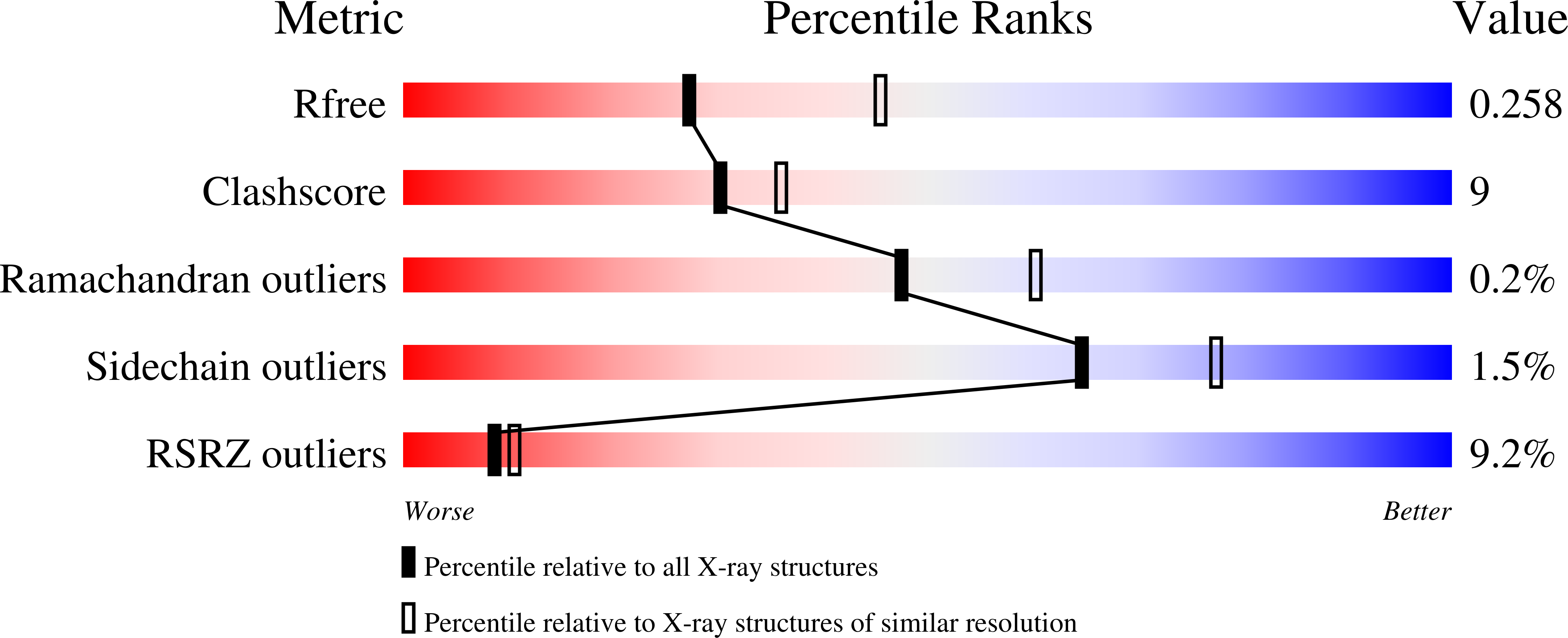
Deposition Date
2021-10-28
Release Date
2022-10-05
Last Version Date
2023-10-18
Entry Detail
PDB ID:
7SNM
Keywords:
Title:
Lanosterol-bound P450 domain of the CYP51-ferredoxin fusion protein from Methylococcus capsulatus
Biological Source:
Source Organism:
Host Organism:
Method Details:
Experimental Method:
Resolution:
2.55 Å
R-Value Free:
0.24
R-Value Work:
0.20
R-Value Observed:
0.20
Space Group:
P 1 21 1


